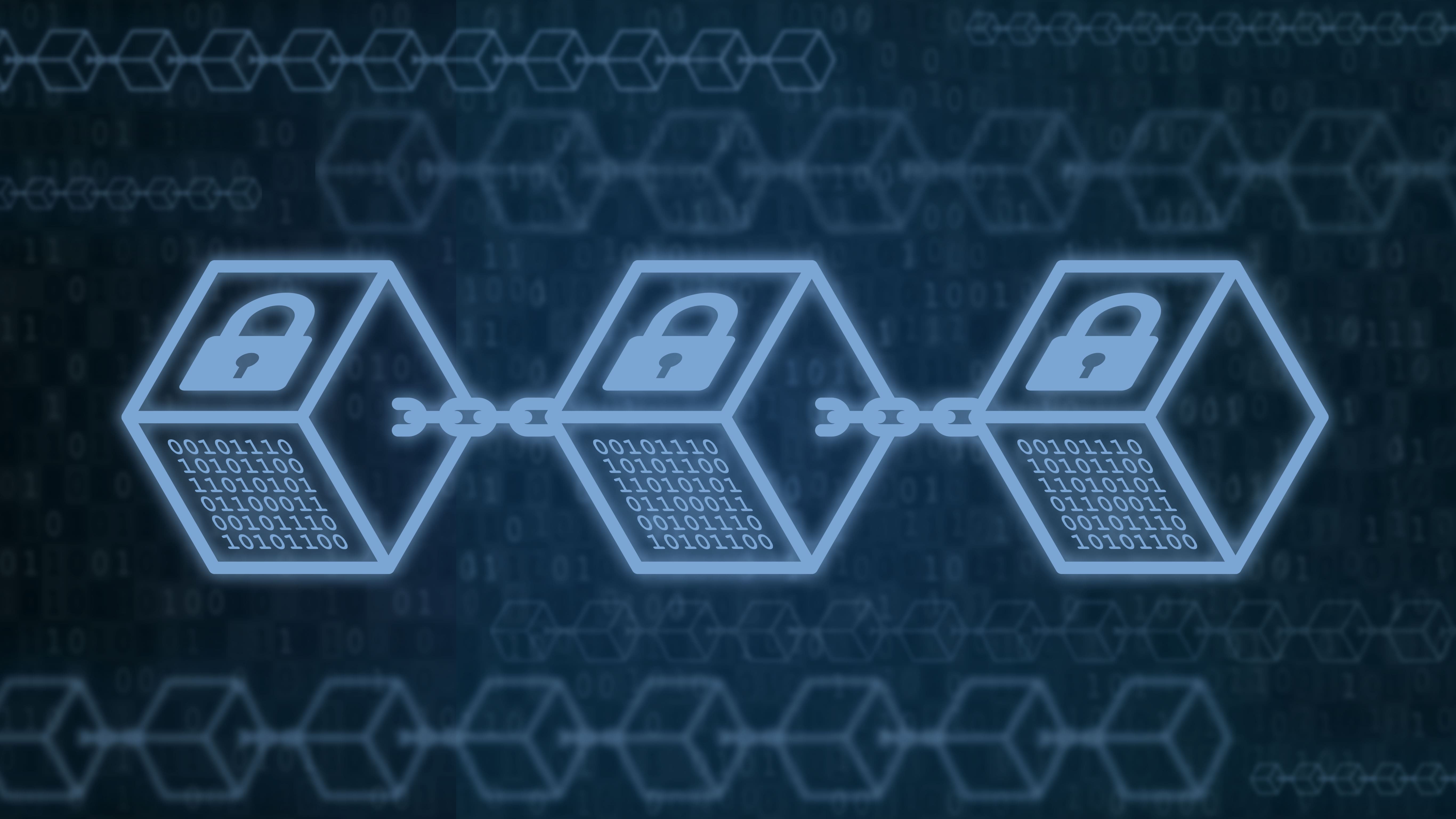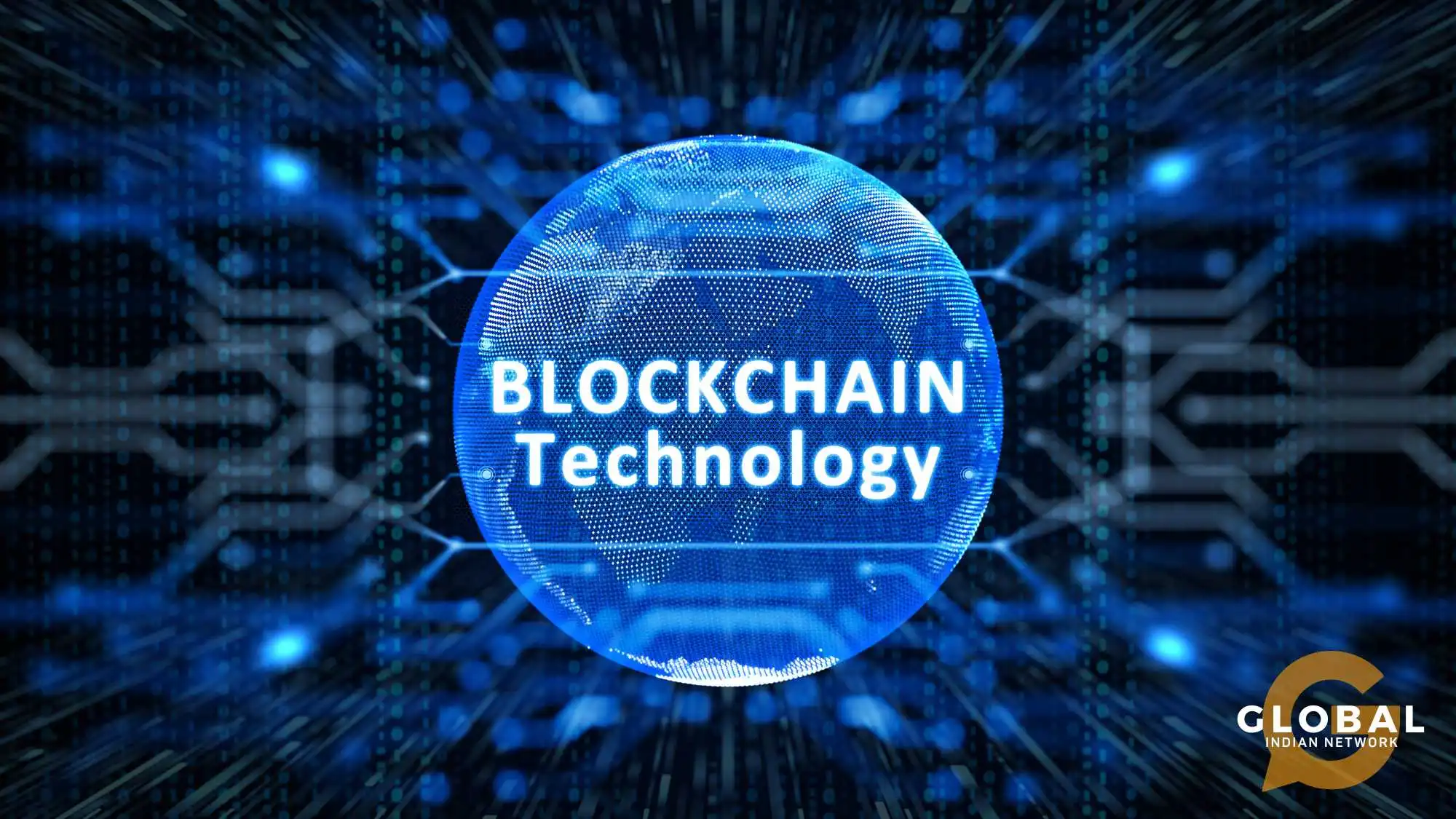Traditional databases have been the primary option for storing and managing data for years. However, the onset of blockchain technology is causing a revolution in the field of data storage and management.
While both traditional and blockchain databases store data, their structures and functions are significantly different.
This article will discuss the key differences between blockchain and traditional databases, along with a simple introduction to blockchain technology for newbies.

So, how is blockchain different from traditional database models?
Let’s find out!
Table of Contents
An Overview of Traditional Database Models
Traditional databases have a client-server type of network. The client (user) can modify data that is stored on a centralized server. The control of the database lies with a central authority by a single organization or entity, which verifies a client’s credentials prior to giving them access to the data.
Because a central authority is in charge of the administration of the database, the data can be altered or deleted in the case of its security being compromised.
YOU MIGHT BE INTERESTED IN: The Rise of Slovenia in Global Commerce: Blockchain and Beyond with Igor Jakomin
Beginners Guide to Blockchain Technology
In essence, blockchain is an unchangeable digital record book or ledger that enables secure transactions across a peer-to-peer network. This makes it a decentralized database, which means no single entity has complete control, minimizing the risk of single-point failure. This nature of blockchain minimizes the need for third parties, such as banks and governments, and reduces processing times.

Every transaction is recorded and stored in a block on the blockchain.
As described by Tiana Laurence in her book Blockchain for Dummies, blockchain gets its name from the way it preserves transaction data in blocks which link together and create a chain.
Blockchains are most widely known for their application in cryptocurrency systems to maintain the safe and decentralized record-keeping of transactions.
However, they are suitable for a wide range of applications beyond cryptocurrencies – blockchains can be employed to make data immutable in any industry where trust is crucial, be it in financial systems, healthcare systems, or supply chain management systems.
How Does it Work?
How is blockchain different from traditional database models in terms of its structure?

Each block has a hash (a digital fingerprint), a list of recent transactions, and a special code from the previous block, creating a chain and linking each block to the one before it.
Since each block has to contain a code from the previous block, it is extremely difficult to tamper with it. For instance, if a user attempts to alter something in the last block, they would also have to change information in all the other blocks to keep the codes matching.
Such an attempt would be nearly impossible to do unnoticed on a public record like a blockchain, which gives all participants in the network full access to transaction history, enabling all parties involved to confirm transaction legitimacy.
However, blockchains have massive amounts of data; how is blockchain different from traditional database models when it comes to trusting information? This brings in consensus mechanisms.
A consensus mechanism is like a set of mutually agreed-upon rules, and it decides which new transactions are valid and should be added. The following are two ways in which consensus is achieved by blockchains:
1. Proof of Work (PoW): PoW is similar to solving a puzzle to acquire rights to add a new block to the chain. While the method is secure, it uses a lot of energy.
2. Proof of Stake (PoS): In this method, people with a higher amount of cryptocurrency have a greater chance of being chosen to validate a transaction. Comparatively, this method is quicker and uses less energy than PoW.
Another important process to know about is smart contracts, which are a set of instructions written in code that are comprised of a blockchain. When the conditions are met (like payment being made), the smart contract will, by default, execute the agreement.
How is Blockchain Different from Traditional Database Models?
After a brief overview of both types, you must be wondering – how is blockchain different from traditional database models?

Decentralization: The primary difference between both is decentralization. Generally, traditional databases are centralized, meaning they have a single entity with complete authority over the data, such as governments or corporations.
Immutability: Immutability means the data is unchangeable. Once data is entered on a blockchain, it cannot be removed or changed without unanimous agreement from the network.
Security: While traditional databases rely on security measures such as access controls, blockchain storage uses cryptographic techniques to keep data more secure.
Transparency: Blockchains are designed to have transparent transaction processing so that all users can view all the transactions that have been added to the blockchain. However, traditional databases are designed to limit access to specific data or transaction information.
Consensus Mechanism: Blockchains depend on a consensus mechanism to confirm transactions and include them in the database. This requires all users on the network to confirm the validity of a transaction before adding it to the blockchain. Traditional database models do not have this level of consensus.
Advantages of Blockchain Technology
While both are still used, the strengths of blockchain are many compared to those of centralized databases.
How is blockchain different from traditional database models in terms of data integrity?
While all records stored on a database are centralized, each user on a blockchain has a copy of all those records and changes made to them.
Moreover, when there is an inconsistency, the blockchain will instantly recognize and correct information that is unreliable. A blockchain records transactions without needing to trust anyone in a tamper-proof way.
Additionally, in blockchain technology, data can identify and correct itself based on smart contracts and consensus, helping participants on both sides of a transaction trust it.

Moreover, when blockchain database technology is adopted into a data process, it eliminates the single point of failure.
Additionally, after the data corrects itself, the immutable record of changes will exhibit which participant attempted to make the changes. With the data process secured in this manner, businesses can trust not only the data shared among each other but also the data shared by competitors.
Blockchain technology is especially beneficial to avoid cyberattacks, data breaches, and unauthorized access that can lead to massive financial losses and reputational damage for organizations.
Let’s reiterate with an example used by IBM – blockchain technology functions in a way that is similar to the digital clock on your phone, which by default corrects itself. However, the time does not come from a single centralized authority; instead, it is decided by a majority vote by all members of the blockchain network.
YOU MIGHT BE INTERESTED IN: The Rise of Slovenia in Global Commerce: Blockchain and Beyond with Igor Jakomin
Conclusion
With much talk going on about blockchain technology, it is natural to wonder – how is blockchain technology different from traditional databases.
Traditional databases are quite reliable; however, they store data in a centralized manner with a single administrator.
Blockchain technology has begun a blockchain revolution by shattering this model and instead spreading data across a secure network, giving users absolute control. This feature not only cancels the risk of having a single point of failure, but it also ensures that data remain immutable, keeping transactions transparent,
As the need for secure and trustworthy data management grows, blockchain power becomes undeniable.
FAQs
How is blockchain different from traditional database models?
The most crucial difference between blockchain and traditional database technology is centralization.
What are the different models of blockchain technology?
There are four main types of blockchain architectural models: public blockchains (bitcoin and ethereum), private blockchains, consortium blockchains and hybrid blockchains.
How is blockchain better than a database?
While a blockchain has many of the same data management capacities as a traditional database, its decentralized structure significantly changes how it enables control, security and data consistency.










[…] India is exploring the use of blockchain technology for secure data sharing and automated […]
[…] Well, this isn't just fiction; it is the capacity of blockchain technology. […]
[…] Blockchain is a distributed ledger technology primarily associated with financial transactions and cryptocurrencies like Bitcoin. It has evolved into a powerful tool capable of revolutionizing various sectors, including sustainability. As environmental concerns become increasingly urgent, leveraging blockchain's unique features can provide innovative solutions to promote sustainability across industries. […]
[…] Blockchain technology provides greater transparency and security in logistics. It creates a tamper-proof record of transactions, preventing fraud and ensuring that goods are delivered to the right place at the right time. Blockchain can also track the provenance of goods, providing greater accountability and compliance with regulations. […]
[…] so many amazing benefits of blockchain technology, "How can blockchain be used to support sustainable business practices?" is a question in the minds […]